- Importance of Lawn Preparation
- 1. Improved Seed-to-Soil Contact
- 2. Enhanced Nutrient Availability
- 3. Reduction of Weed Competition
- 4. Improved Water Retention
- 5. Uniform Growth and Appearance
- Choosing the Right Grass Mixture
- 1. Climate:
- 2. Sun and Shade Tolerance:
- 3. Soil Type:
- 4. Traffic and Wear Tolerance:
- 5. Maintenance Requirements:
- 6. Desired Appearance:
- 7. Disease and Pest Resistance:
- Testing the Soil
- Why Test the Soil?
- The Soil Testing Process
- Interpreting Soil Test Results
- Repeat Soil Testing
- Removing Weeds and Debris
- Leveling the Ground
- Fertilizing the Soil
- Soil Testing
- Fertilizer Types
- Application Rate
- Timing
- Spreading Techniques
- Watering
- Seeding the Grass Mixture
- Step 1: Prepare the soil
- Step 2: Determine the seeding rate
- Step 3: Spread the seed
- Step 4: Rake and cover the seed
- Step 5: Water regularly
- Step 6: Maintain proper care
- Watering and Maintaining the Lawn
- 1. Watering Schedule
- 2. Watering Depth
- 3. Watering Time
- 4. Water Distribution
- 5. Avoid Overwatering
- 6. Lawn Maintenance
- 7. Pest and Weed Control
- Questions and Answers:
- What is the best time of year to sow a grass mixture?
- What is the purpose of sowing a grass mixture instead of a single type of grass?
- What steps should be taken to prepare the lawn before sowing a grass mixture?
- How often should the lawn be watered after sowing a grass mixture?
- Is it necessary to use a lawn roller after sowing a grass mixture?
- Can a grass mixture be sown over an existing lawn?
- How long does it usually take for a grass mixture to establish itself?
- Videos: HOW TO PREGERMINATE GRASS SEED for a FASTER LAWN
Creating a lush and healthy lawn can be a rewarding experience for any homeowner. Whether you are starting from scratch or looking to improve the look of your current lawn, sowing a grass mixture is a proven method for achieving the desired results. By combining different types of grass seeds, you can benefit from the various strengths and characteristics of each variety, resulting in a well-rounded and resilient lawn.
Before you begin sowing your grass mixture, it is important to prepare your lawn properly. This involves removing any existing vegetation or weeds, as well as ensuring the soil is in optimal condition for seed growth. To accomplish this, start by mowing your lawn as short as possible and raking away any debris. This will help expose the soil and create a clean canvas for sowing.
Next, take the time to evaluate your soil’s condition. Testing the pH levels and nutrient content can provide valuable insights into its health. If necessary, consider adding organic matter or fertilizer to improve the soil’s fertility and drainage. Remember, healthy soil is the foundation for a healthy lawn.
Once your lawn is prepared and your soil is in optimal condition, it’s time to sow your grass mixture. Choose a high-quality seed blend that is suitable for your climate and intended use. Whether you are looking for a mix that can withstand heavy foot traffic or one that thrives in shaded areas, there is a grass mixture out there that will meet your needs.
When sowing the seeds, follow the recommended seeding rate and method provided by the manufacturer. This will ensure proper coverage and minimize waste. Consider using a broadcast spreader or a handheld spreader for more uniform seed distribution. Once the seeds are sown, lightly rake the soil to cover them with a thin layer of soil. Water the area thoroughly, keeping the soil moist until the seeds germinate. With proper care and maintenance, your new grass mixture will start to sprout, creating a vibrant and inviting lawn for years to come.
Importance of Lawn Preparation
Preparing your lawn for sowing a grass mixture is a crucial step in establishing a healthy and beautiful lawn. Proper lawn preparation ensures that the grass seeds have the best chance of germinating, growing, and thriving in the soil. Here are the key reasons why lawn preparation is so important:
1. Improved Seed-to-Soil Contact
By preparing the lawn properly, you create an ideal environment for the grass seeds to come into direct contact with the soil. This seed-to-soil contact is essential for successful germination and root development. When seeds are in direct contact with the soil, they can easily absorb moisture and nutrients, leading to faster and more uniform growth.
2. Enhanced Nutrient Availability
Proper lawn preparation helps create a well-balanced soil that is rich in essential nutrients. This nutrient-rich soil provides an optimal environment for the grass seeds to absorb the nutrients they need for healthy growth. Adequate soil preparation ensures that the nutrients are readily available to the seeds, promoting strong root development and overall grass health.
3. Reduction of Weed Competition
When you prepare your lawn properly, you can significantly reduce weed competition. Weed seeds can lie dormant in the soil for years, and a poorly prepared lawn may provide an ideal environment for weed germination and growth. Proper preparation, such as removing existing weeds and minimizing soil disturbance, can help prevent weed seeds from sprouting and competing with the newly sown grass seeds.
4. Improved Water Retention
Lawn preparation techniques, such as aerating and leveling the soil, can improve water retention. Adequate water supply is crucial for the germination and establishment of grass seeds. By preparing the lawn properly, you ensure that the soil has the right structure and texture to retain moisture effectively. This helps the grass seeds stay moist, giving them the best chance to germinate and develop strong roots.
5. Uniform Growth and Appearance
Proper lawn preparation promotes uniform growth and appearance of the grass. When the seeds are sown on a well-prepared surface, they have an equal chance of receiving adequate sunlight, water, and nutrients. This leads to consistent growth and a lush, green lawn that looks visually appealing. Without proper preparation, uneven growth and an inconsistent lawn appearance may occur.
In conclusion, lawn preparation is a critical step in sowing a grass mixture. It ensures improved seed-to-soil contact, enhanced nutrient availability, reduction of weed competition, improved water retention, and uniform growth and appearance. By dedicating time and effort to lawn preparation, you set the foundation for a healthy, vibrant, and attractive lawn.
Choosing the Right Grass Mixture
When it comes to sowing a grass mixture, selecting the right type of grass is essential for a healthy and vibrant lawn. Different grass species have different characteristics, such as sun and shade tolerance, drought and heat resistance, and wear tolerance. Consider the following factors when choosing a grass mixture:
1. Climate:
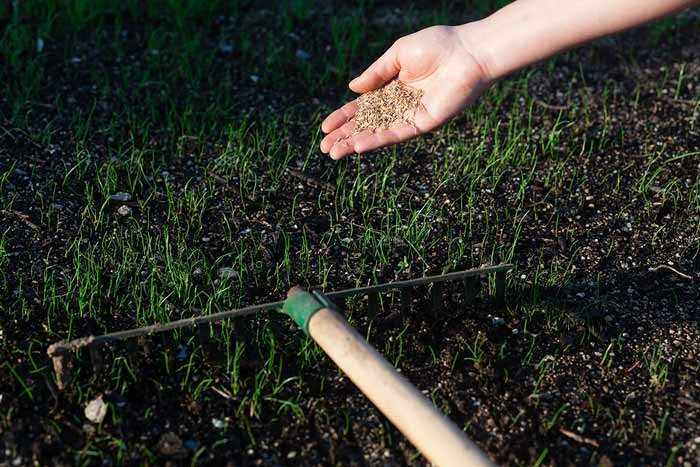
Take into account your local climate and the growing conditions in your area. Some grass species thrive in cool climates, while others are better suited for warmer regions. Choose a grass mixture that is adapted to your climate to ensure optimal growth and performance.
2. Sun and Shade Tolerance:
Assess the amount of sunlight your lawn receives throughout the day. Some grass species require full sun, while others can tolerate partial shade. If you have areas with limited sunlight, select a grass mixture that is shade-tolerant to ensure even coverage and growth.
3. Soil Type:
Consider the type of soil in your lawn, whether it is sandy, loamy, or clay. Certain grass species are better suited for specific soil types. For example, Kentucky bluegrass thrives in loamy soil, while Bermuda grass can tolerate sandy soil. Choose a grass mixture that is compatible with your soil type to promote healthy root development and nutrient uptake.
4. Traffic and Wear Tolerance:
If you have children or pets that regularly use your lawn, select a grass mixture with high wear tolerance. Some grass species, like perennial ryegrass, are known for their ability to withstand heavy foot traffic and recover quickly from damage.
5. Maintenance Requirements:
Consider your available time and resources for lawn maintenance. Some grass species require more frequent mowing, watering, fertilizing, and pest control than others. Choose a grass mixture that matches your desired level of maintenance to ensure a manageable and healthy lawn.
6. Desired Appearance:
Think about the overall look and feel you want for your lawn. Some grass species, like fine fescue, have a more natural and relaxed appearance, while others, like Bermuda grass, have a more manicured and uniform look. Choose a grass mixture that aligns with your aesthetic preferences.
7. Disease and Pest Resistance:

Research the disease and pest resistance of different grass species before making your selection. Some grass varieties are more susceptible to certain diseases and pests, which can impact the overall health and appearance of your lawn. Choose a grass mixture with good resistance to common lawn problems in your area.
By considering these factors, you can choose the right grass mixture that will thrive in your specific lawn conditions. A well-selected grass mixture will contribute to a lush, green, and healthy lawn that you can enjoy for years to come.
Testing the Soil
Before sowing a grass mixture, it is important to test the soil in your lawn. A soil test will provide valuable information about the pH level, nutrient content, and overall health of your soil. This information will help you determine the necessary amendments or treatments to prepare your lawn for sowing.
Why Test the Soil?
Testing the soil is essential because different grass species have different soil pH and nutrient requirements. By testing the soil, you can identify any deficiencies or imbalances and make the necessary adjustments. This will help ensure that your grass seed has the best chance of germinating and establishing a healthy root system.
The Soil Testing Process
Soil testing can be done using DIY soil test kits or by sending soil samples to a professional lab. Here is a step-by-step guide for testing the soil:
- Choose a representative area of your lawn and remove any debris, such as rocks or roots.
- Using a soil sampling tool, collect multiple samples from different areas of the chosen spot. Make sure to collect samples from the top 6 inches of the soil.
- Combine the samples in a clean container and mix them thoroughly.
- Allow the soil sample to dry naturally at room temperature, avoiding direct sunlight or artificial heat sources.
- Once the soil is dry, take a small portion of the sample and send it to a soil testing lab or use a DIY soil test kit according to the manufacturer’s instructions.
- Wait for the results from the lab or the test kit. The results will typically include information about the pH level, nutrient content, and any necessary amendments.
Interpreting Soil Test Results
When you receive the soil test results, you will need to interpret the information to determine the best course of action for your lawn. The pH level will indicate if your soil is too acidic or alkaline. If necessary, you can adjust the soil pH by adding lime or sulfur. The nutrient content will help you identify any deficiencies or imbalances. You can then apply the appropriate fertilizers or organic amendments to correct these issues.
Repeat Soil Testing
Soil conditions can change over time, so it is a good idea to regularly test your soil every few years or whenever you notice issues with your lawn’s health. This will ensure that you are providing the best possible growing conditions for your grass mixture.
Removing Weeds and Debris
Weeds and debris can hinder the growth of grass and affect the overall appearance of your lawn. To ensure optimum results when sowing a grass mixture, it is important to remove any existing weeds and debris before seeding the area.
Here are the steps you can follow to effectively remove weeds and debris:
- Identify the weeds: Before you start removing the weeds, it is essential to identify the different types of weeds in your lawn. This will help you choose the appropriate method for their removal.
- Hand-pulling: For smaller areas or isolated patches of weeds, hand-pulling can be an effective method. Make sure to grip the weed as close to the base as possible and pull it out along with its roots.
- Using a weeding tool: If you have a larger area with established weeds, using a weeding tool can be more efficient. These tools are designed to dig up the entire root system of the weed, ensuring that it doesn’t grow back.
- Chemical herbicides: In cases where the infestation is severe or persistent, you may need to resort to chemical herbicides. However, exercise caution while using these products and follow the instructions carefully to avoid damaging the surrounding plants and soil.
- Clearing debris: Along with removing weeds, it is important to clear any debris or dead vegetation from the lawn. Use a rake or a lawn sweeper to collect leaves, twigs, and any other organic matter that may have accumulated over time.
- Dispose of the weeds and debris: To prevent re-infestation or the spread of weed seeds, make sure to properly dispose of the collected weeds and debris. You can add them to your compost pile if it is properly managed to ensure that the seeds don’t germinate.
By effectively removing weeds and debris, you create a clean and healthy environment for sowing your grass mixture. This will give the seeds the best chance of germination and establishment, resulting in a lush and vibrant lawn.
Leveling the Ground
Before sowing the grass mixture, it is important to ensure that the ground is properly leveled. This will help promote even growth and prevent water from collecting in low spots.
Here are the steps to level the ground:
- Clear the area: Remove any rocks, debris, or existing vegetation from the area where you plan to sow the grass mixture. This will make it easier to work with the soil.
- Mark high and low spots: Walk around the area and identify any uneven areas. Use stakes or spray paint to mark the high and low spots.
- Add topsoil: For low spots, add topsoil to raise the level of the ground. Spread it evenly with a rake or shovel, making sure to fill in any depressions.
- Remove excess soil: If there are any high spots, remove excess soil using a shovel or rake. Be careful not to remove too much soil, as it can lead to unevenness.
- Compact the soil: Use a lawn roller or the back of a shovel to compact the soil. This will help create a firm surface for sowing the grass mixture.
- Check the level: Walk around the area again to check if the ground is level. Make any necessary adjustments by adding or removing soil until the entire area is even.
Once the ground is leveled, you can proceed to sow the grass mixture according to the recommended instructions. Remember to water the area regularly and provide proper care to ensure the successful growth of your lawn.
Fertilizing the Soil
Fertilizing the soil is an essential step in preparing your lawn for sowing a grass mixture. By adding nutrients to the soil, you can ensure that your grass seeds have everything they need to grow strong and healthy.
Here are some important factors to consider when fertilizing your soil:
Soil Testing
Before applying any fertilizers, it’s important to test your soil to determine its nutrient levels. A soil test will tell you which nutrients are lacking and allow you to choose the appropriate fertilizer. You can perform a soil test yourself using a home testing kit or send a sample to a professional laboratory for analysis.
Fertilizer Types
There are various types of fertilizers available, including organic and synthetic options. Organic fertilizers are derived from natural sources, such as compost, manure, or bone meal, while synthetic fertilizers are made from chemical compounds. Each type has its own advantages and disadvantages, so choose the one that suits your needs and preferences.
Application Rate
The recommended application rate of fertilizer depends on the nutrient needs of your soil and the type of grass you plan to grow. Follow the instructions provided by the fertilizer manufacturer to determine the correct amount to use. It’s important not to overapply fertilizer, as this can harm the grass and have negative environmental impacts.
Timing
The timing of fertilizer application is also crucial. It’s best to fertilize the soil a few weeks before sowing the grass seeds. This allows the nutrients to become available to the grass as it begins to grow. Avoid fertilizing during periods of drought or extreme heat, as the grass may be more susceptible to damage.
Spreading Techniques
When applying fertilizer, use a spreader to ensure even distribution. This will prevent patches of overfertilized or underfertilized soil. Follow the manufacturer’s instructions for proper spreading techniques and adjust the spreader settings to match the recommended application rate.
Watering
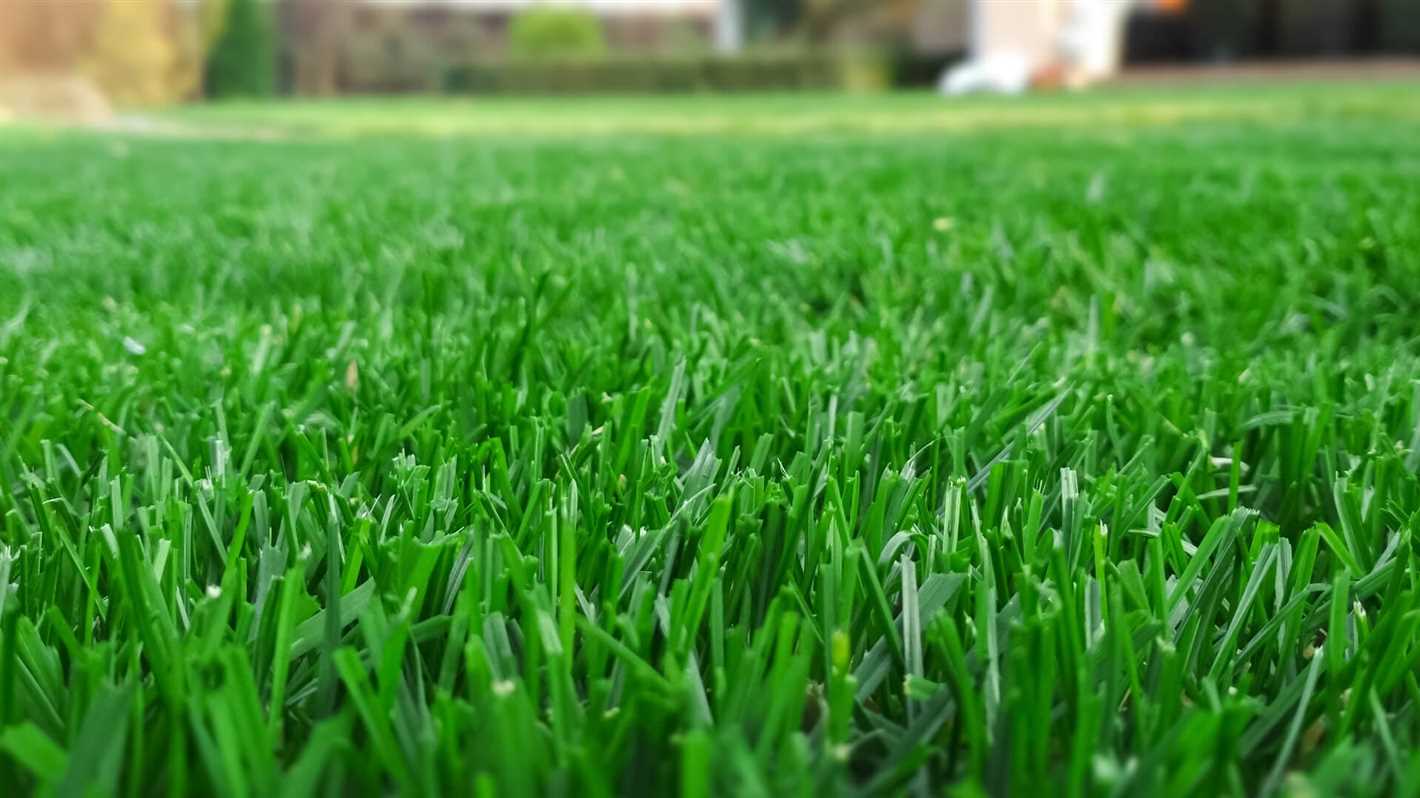
After fertilizing, water the soil thoroughly. This will help the nutrients to penetrate deep into the soil and reach the grass roots. Additionally, it’s important to continue watering your lawn regularly after sowing the grass seeds to promote healthy growth.
By following these tips for fertilizing the soil, you can create a strong foundation for your lawn and ensure successful grass growth. Remember to always read and follow the instructions provided by the fertilizer manufacturer for best results.
Seeding the Grass Mixture
Step 1: Prepare the soil
Before seeding your grass mixture, it’s important to prepare the soil to ensure optimal growth. Start by removing any existing vegetation, rocks, and debris from the area. Use a rake or a shovel to loosen the top layer of soil and break up any clumps. Next, smooth out the surface with a garden roller or the back of a rake.
Step 2: Determine the seeding rate
It’s crucial to determine the correct seeding rate for your grass mixture. The recommended seeding rate will depend on factors such as the type of grass, climate, and soil conditions. Refer to the seed packaging or consult with a local lawn care expert to determine the appropriate seeding rate for your specific situation.
Step 3: Spread the seed
Using a broadcast spreader or by hand, evenly spread the grass seed over the prepared soil. Start by dividing the area into smaller sections to ensure even coverage. Walk in a straight line while spreading the seed, then change direction to achieve a crisscross pattern. This will help avoid any missed or uneven spots.
Step 4: Rake and cover the seed
Gently rake the seeded area with a garden rake to ensure good seed-to-soil contact. This will help the seeds germinate and establish more effectively. For better protection and moisture retention, cover the seed with a thin layer of straw, hay, or mulch. Be careful not to cover the seeds too deeply, as they need light to germinate.
Step 5: Water regularly

Water the newly seeded area lightly and frequently to keep the soil consistently moist. Avoid overwatering, as it can lead to poor germination or mold growth. Watering in the early morning or late afternoon is preferable to minimize evaporation. As the grass seedlings start to grow, gradually adjust the watering schedule to encourage deep root growth.
Step 6: Maintain proper care
Once the grass starts to grow, it’s essential to follow proper maintenance practices. Regularly mow the grass to an appropriate height, usually around 2-3 inches. Avoid cutting more than one-third of the grass blade length at a time to prevent stress on the plants. Fertilize the lawn according to the recommended schedule and address any weed or pest issues promptly.
By following these steps, you’ll be on your way to a healthy and lush lawn with a successful grass mixture seeding.
Watering and Maintaining the Lawn
Watering is an essential part of maintaining a healthy and vibrant lawn. Proper watering techniques will ensure that your grass receives enough moisture to thrive. Here are some tips for watering and maintaining your lawn:
1. Watering Schedule
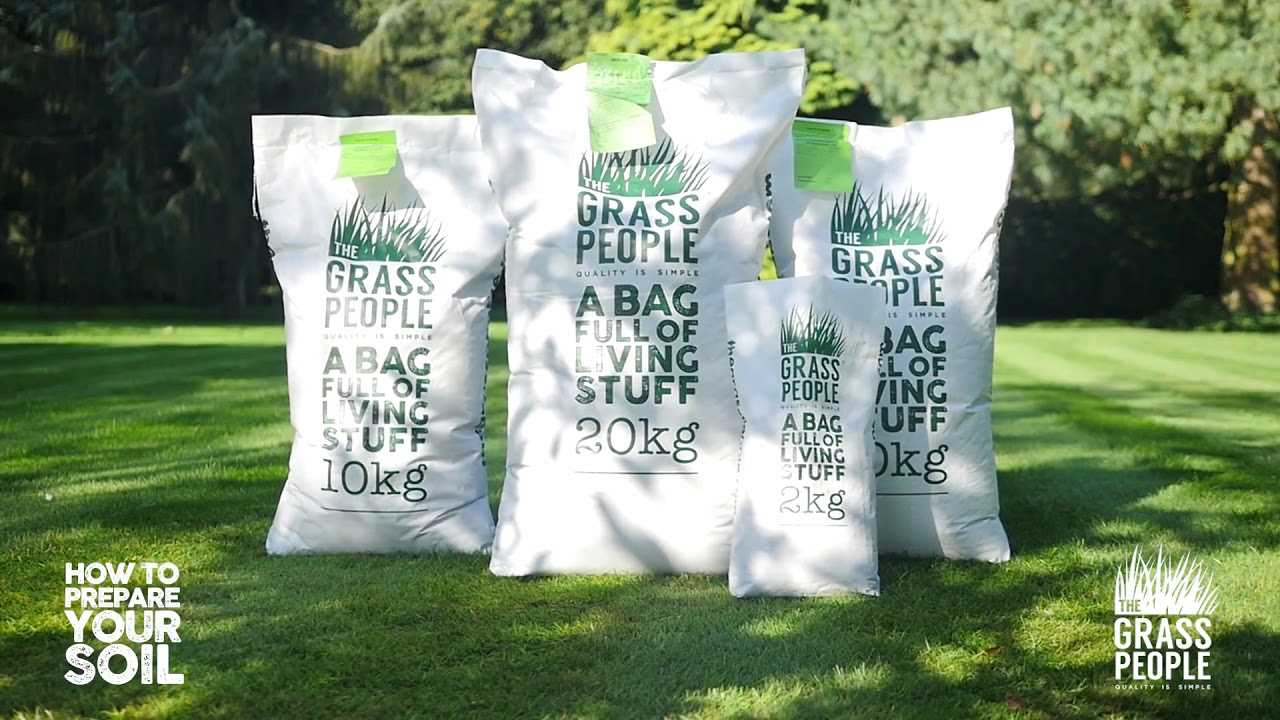
Establish a regular watering schedule based on the needs of your grass and the climate in your area. In general, it is recommended to water your lawn deeply and infrequently rather than watering lightly every day. This encourages the grass roots to grow deeper into the soil, making your lawn more resilient to drought conditions.
2. Watering Depth
When watering, aim to provide at least 1-1.5 inches of water each week. This is equivalent to about ½ to ¾ inch of water per watering session. To measure the amount of water applied, place a rain gauge or empty tuna can on your lawn while watering. Adjust the duration and frequency of your watering sessions accordingly.
3. Watering Time
The best time to water your lawn is early in the morning, between 6 am and 10 am. This allows the grass blades to dry before evening, minimizing the risk of fungal diseases. Watering in the morning also prevents excessive evaporation due to high temperatures.
4. Water Distribution
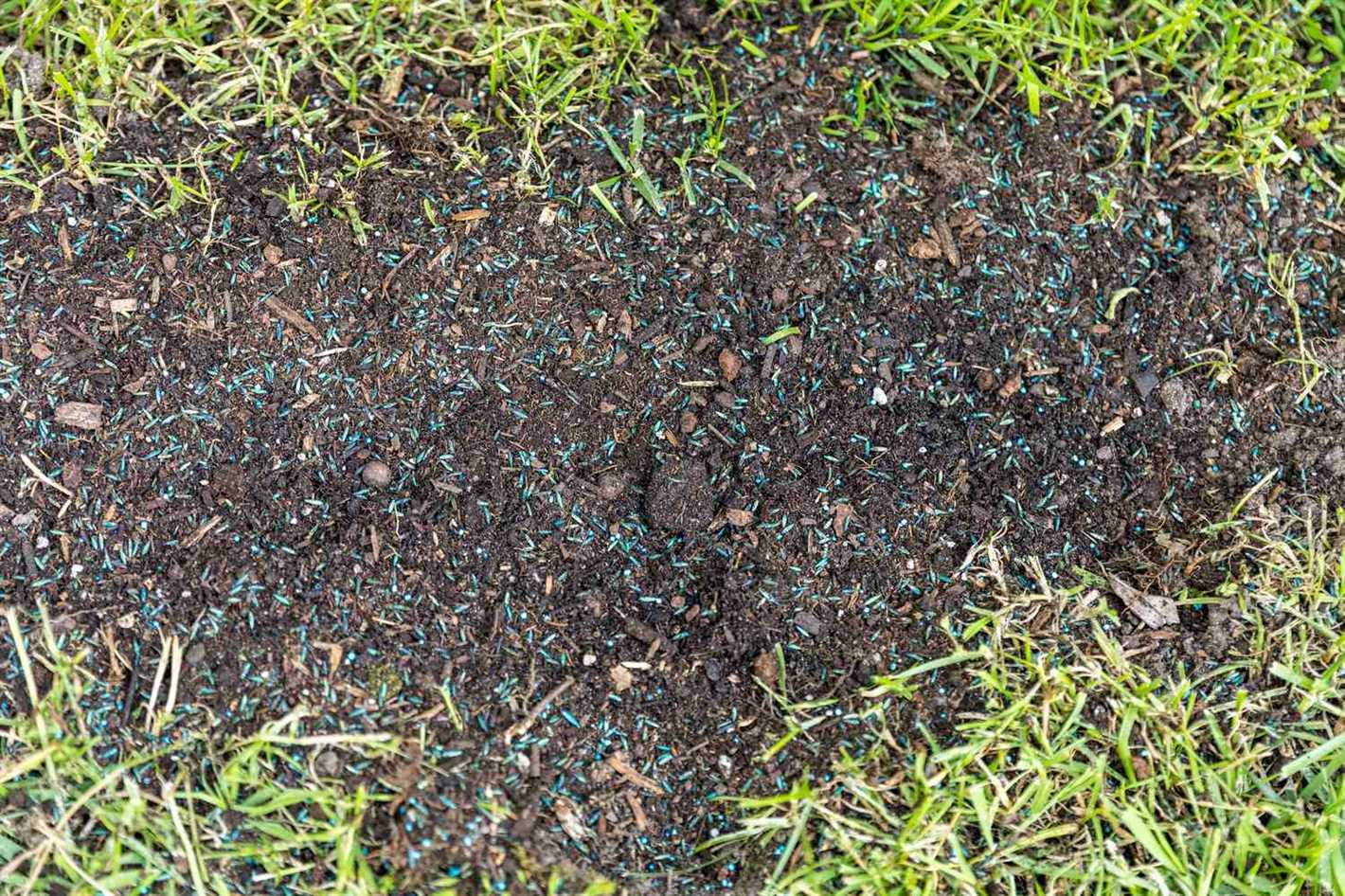
Make sure the water is distributed evenly across the lawn. Watering too quickly or with too much pressure can lead to run-off and uneven coverage. Consider using a sprinkler with adjustable nozzles or rotating heads to ensure proper water distribution.
5. Avoid Overwatering
Overwatering can be detrimental to your lawn’s health. It can lead to shallow root growth, which makes the grass more susceptible to drought and disease. To check if your lawn needs watering, simply step on the grass. If the blades spring back, it does not require watering yet. If they stay flat, it is time to water.
6. Lawn Maintenance
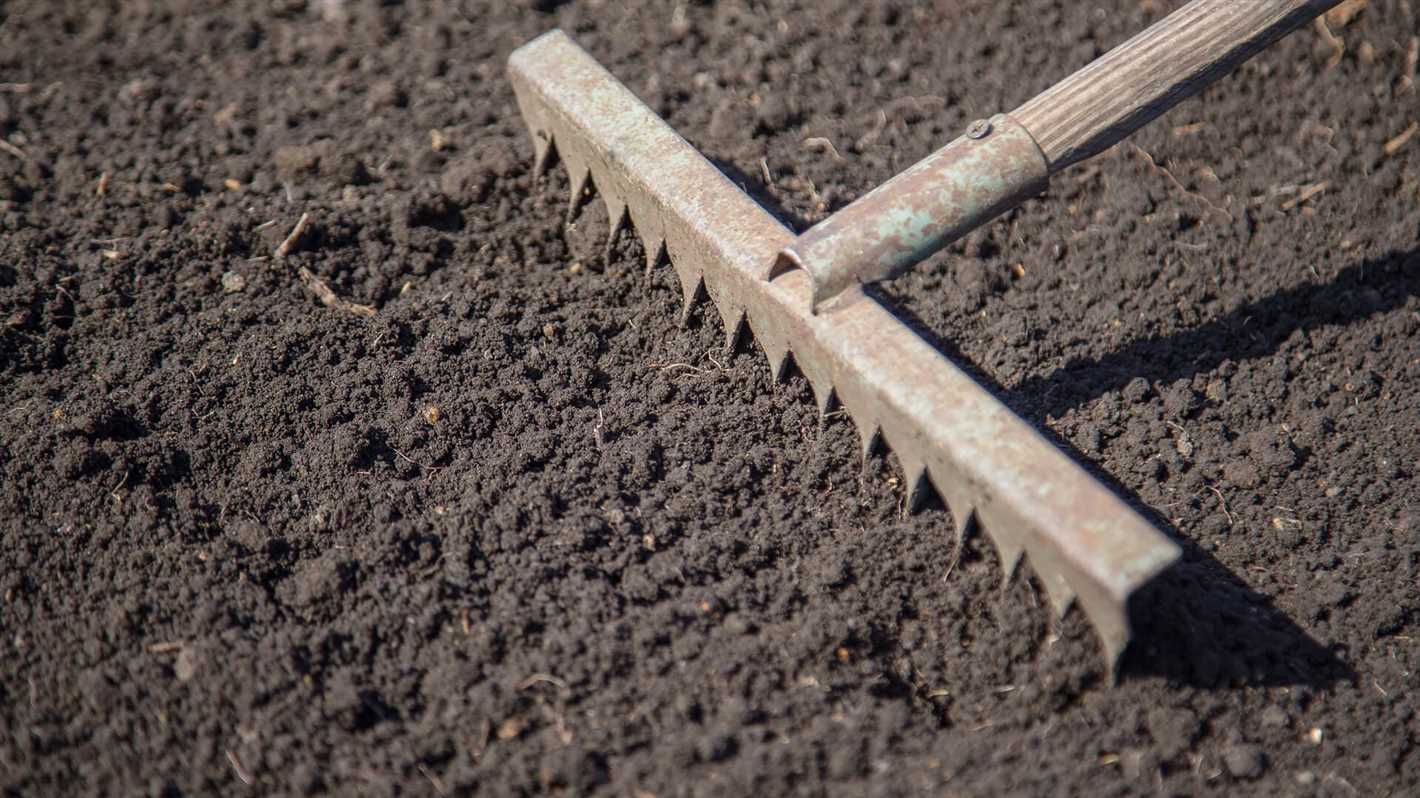
Maintaining your lawn involves more than just watering. Regular mowing, fertilizing, and aerating are important tasks to keep your lawn in optimal condition.
- Mow your lawn regularly, following the one-third rule: never remove more than one-third of the grass height at once.
- Fertilize your lawn according to the specific needs of your grass type and the recommendations of a professional landscaper or nursery.
- Aerate your lawn every year or as necessary to alleviate compaction and improve water and nutrient absorption.
7. Pest and Weed Control
Monitor your lawn for pests and weeds regularly. Early identification and treatment can prevent serious damage to your grass. Consider using organic or environmentally friendly products to control pests and weeds while minimizing harm to the environment.
By following these watering and maintenance tips, you can achieve a lush, healthy, and beautiful lawn that will be the envy of your neighborhood.
Questions and Answers:
What is the best time of year to sow a grass mixture?
The best time of year to sow a grass mixture is typically in the spring or fall. These seasons provide the optimal conditions for germination and establishment of the grass seeds.
What is the purpose of sowing a grass mixture instead of a single type of grass?
Sowing a grass mixture can improve the overall health and appearance of your lawn. Different types of grasses have different strengths and weaknesses, so a mixture can provide better resilience against pests, diseases, and environmental conditions.
What steps should be taken to prepare the lawn before sowing a grass mixture?
Before sowing a grass mixture, it is important to prepare the lawn properly. This involves removing any existing vegetation, tilling the soil, removing debris, and leveling the surface. Additionally, it may be necessary to amend the soil with organic matter or fertilizer to provide the necessary nutrients for the seeds.
How often should the lawn be watered after sowing a grass mixture?
After sowing a grass mixture, it is important to keep the soil consistently moist to promote seed germination. This typically requires watering the lawn 2-3 times a day for short periods of time. As the grass begins to grow, the frequency of watering can be gradually reduced.
Is it necessary to use a lawn roller after sowing a grass mixture?
Using a lawn roller after sowing a grass mixture can help ensure good seed-to-soil contact and promote even germination. However, it is not absolutely necessary. If you do not have access to a lawn roller, you can achieve similar results by gently raking the seeds into the soil or walking over the seeded area to press the seeds into the ground.
Can a grass mixture be sown over an existing lawn?
Yes, a grass mixture can be sown over an existing lawn. However, it is important to prepare the existing lawn properly by mowing it short, removing any debris, and aerating the soil. This will create a better environment for the new seeds to germinate and establish themselves.
How long does it usually take for a grass mixture to establish itself?
The time it takes for a grass mixture to establish itself can vary depending on various factors such as temperature, moisture, and the specific types of grass in the mixture. In general, it may take anywhere from a few weeks to a couple of months for the grass to fully establish itself and develop a dense, healthy lawn.







